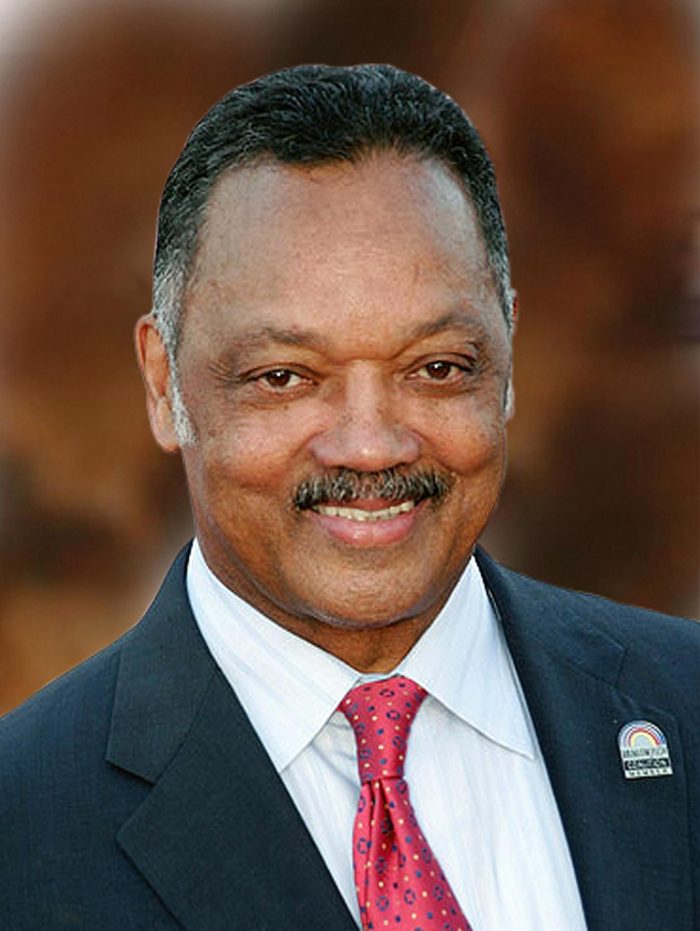
Chicago is one of America’s greatest cities. Yet many of its residents live in terror in what is virtually a war zone. When a demented killer slayed 49 in a gun rampage in Orlando, Fla., there was national attention. Presidential candidates called for escalating the fight against the Islamic State in the Middle East, even though the killer seems to be a homegrown terrorist.
But in Chicago, 404 have died in gun violence this year. According to the Congressional Research Service, the murder rate averaged 16.0 per 100,000 a year from 2010-2014. That is nearly four times the national average of 4.6 per 100,000 and nearly three times the Illinois state average (5.8).
These killings are not randomly distributed. African Americans constitute about one-third of Chicago’s residents, but they account for 80 percent of its murder victims.
The killings are concentrated in endangered communities, communities burdened with abject poverty and deplorable conditions. Desperation and murder are segregated in Chicago.
In West Garfield Park, the average per capita income is $10,951. More than 40 percent of the residents live below the poverty line, with an unemployment rate greater than 25 percent.
In Englewood, the average per capita household income is $11,993. Forty-two percent of households live below the poverty line, with an unemployment rate over 21 percent.
In Fuller Park, per capita household income is $9,016, with a majority — 55.5 percent — of households living below the poverty line. The unemployment rate is 40 percent. Washington Park, North Lawndale, Austin, Greater Grand Crossing, East Garfield Park … the list goes on.
During the height of the Great Depression, the unemployment rate hovered at roughly 20 percent. These neighborhoods are suffering levels twice that, now six years into the supposed recovery.
These are disaster zones in a supposedly world-class city. They look like they are under siege, and to some extent they are. Drugs and guns, violence and despair mark lives condemned to live in these zones.
The war in Iraq — one the Bush administration chose to launch — will end up costing us more than $3 trillion. And of course, the wars go on — in Afghanistan, in Syria, in Iraq, in Yemen, and now the U.S. is beginning to bomb Libya.
But the right now disaster zones in Chicago are ignored. The everyday violence is decried but nothing is done. The poverty is regretted but there is no plan to attack it.
In fact, national policy does more to expand the divide between endangered communities and affluent ones, between those living in the disaster zone and those living uptown.
A new report by the Institute for Policy Studies and the Center for Enterprise Development details the growing racial wealth gap in America. They find that without a drastic change in policy, by 2043, when people of color are projected to account for more than half of the U.S. population, the racial wealth divide between white households and African American and Latino households will have doubled from about $500,000 in 2013 to more than $1 million.
The gap reflects the impact of historic inequities — from federally sanctioned housing discrimination to private redlining — but its expansion is fueled in part by tax policies that aid the highest earners while providing the lowest income families with virtually nothing.
Over the past 20 years alone, the report finds, the federal government spent more than $8 trillion through tax programs to assist families in building long-term wealth, including saving for retirement, purchasing a home, starting a business or paying for college. But the impact of these expenditures has been “upside down.” With typical millionaires pocketing about $145,000 in public tax benefits each year to increase their wealth while working families receive a total of $174 on average.
More of the same won’t help. Adding benefits to the wealthy few — like Donald Trump’s call to end the estate tax — will add to the inequity and contribute to the despair. If nothing changes, the desperate zones will get worse. Surely this crisis is worthy of debate in the presidential campaign, and action from the White House and Congress.







